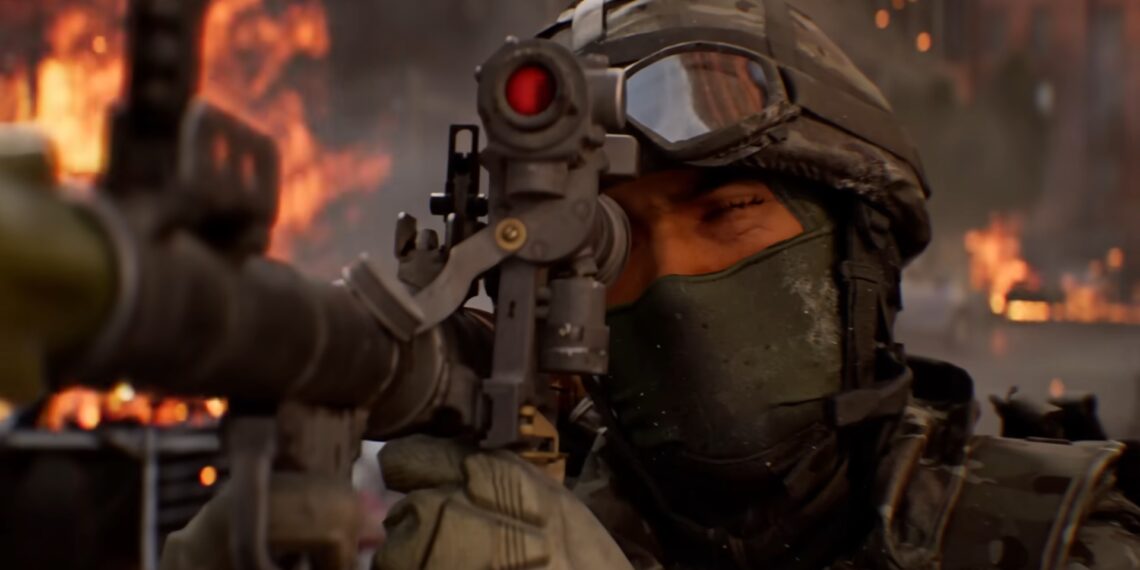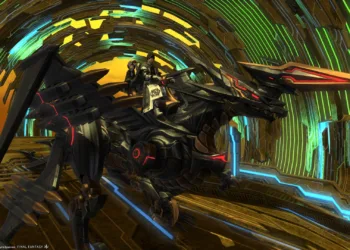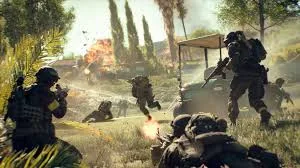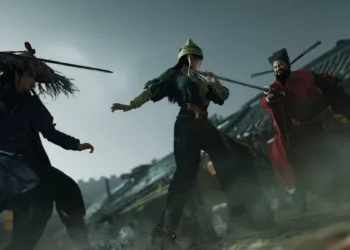Battlefield‘s free-to-play experience just got a competitive twist! Alongside the standard Battle Royale mode, EA has introduced Gauntlet—a cutthroat, knockout-style elimination mode that’s already turning heads in the gaming community. If you thought surviving 100 players was intense, wait until you experience this mission-based showdown.
Table of Contents
Battlefield Gauntlet Mode Overview
| Category | Details |
|---|---|
| Mode Type | Round-Based Elimination |
| Total Squads | 8 Teams (32 Players) |
| Squad Size | 4 Players per Team |
| Total Missions | 4 Randomized Objectives |
| Map | Fort Lyndon (Segmented Zones) |
| Mission Types | 8 at Launch (+1 More in Season 1) |
| Match Format | Progressive Squad Elimination |
| Cost | Free-to-Play |
| Platform | PC, PS5, Xbox Series X/S |
What Makes Gauntlet Different?
Unlike traditional Battle Royale modes where 100 players fight until one team remains, Gauntlet throws eight squads into a series of high-stakes missions. After each mission, the squads with the fewest points are eliminated, with the top three earning bonus progress on their training paths to gain advantages in the next mission. Think of it as a tournament bracket meets objective-based chaos.
For more competitive Battlefield strategies and tactics, explore our FPS gaming section.

The Four-Mission Gauntlet Structure
Gauntlet operates on a progressive elimination format across four missions:
Mission 1: Eight squads compete (largest combat zone) Mission 2: Six squads remain (two eliminated) Mission 3: Four squads battle (two more eliminated) Final Mission: Two squads face off in winner-takes-all showdown
The combat zones shrink with each mission, intensifying the action. With over 70,000 different possible mission combinations, you’ll rarely play the same Gauntlet twice—keeping every match fresh and unpredictable.
Mission Types Explained
At launch, Gauntlet features eight diverse mission types with an additional “Rodeo” mission arriving during Season 1:
Circuit: Capture and defend control consoles. Earn one point for every console held for 20 seconds.
Contract: Pure sudden death. One point per kill, one per revive, and 15 points for wiping an entire squad. Any squad completely eliminated is out of the match permanently.
Deadlock: Multi-team King of the Hill. Capture rotating zones and hold them as long as possible. Zones become contested if multiple squads occupy them simultaneously.
Decryption: Race to decrypt intel while defending against enemy interference.
Extraction: Secure objectives and extract them safely under enemy fire.
Territory Domination: Control key areas across the combat zone.
Target Protection: Defend high-value targets from enemy assault.
Explosive Transport: Safely deliver volatile payloads to designated locations.
For detailed FPS gaming guides and pro tips, check out our tactical gaming hub.
Scoring System & Strategy
Every mission rewards one point for kills and revives, making reviving a squadmate a two-point play—earning your squad one point while denying the enemy one. This makes the Support class incredibly valuable.
Critical Rule: Points are doubled during the last minute of each mission, creating nail-biting finishes where comeback victories are possible.
Any squad completely wiped—all four members dead simultaneously—is automatically eliminated from the entire Gauntlet match. This sudden-death mechanic demands constant communication and smart positioning.

Classes & Loadouts
Unlike Redsec’s Battle Royale mode with modified classes, Gauntlet uses the same four classes from Battlefield 6 Multiplayer: Assault, Engineer, Support, and Recon. If you’re coming from Battlefield 6, your loadouts carry over seamlessly.
Squad Composition Tips:
- Run all four classes for maximum versatility
- Prioritize Support for clutch revives in high-pressure missions
- Engineer becomes MVP when vehicles enter the equation
- Recon’s spotting abilities shine in objective-heavy missions
The Reassignment System
Got abandoned mid-match? Gauntlet features a reassignment tool that places eliminated or abandoned players into surviving squads with open spots, ensuring no player is left behind. This guarantees competitive balance throughout the match.
Why Gauntlet Matters
Gauntlet represents Battlefield’s answer to tactical shooters like Rainbow Six Siege and Escape from Tarkov, blending objective-based gameplay with elimination stakes. It’s faster-paced than traditional Battle Royale (matches average 20-30 minutes) while maintaining Battlefield’s signature destruction and vehicle warfare.
Visit the official Battlefield Redsec Gauntlet guide for detailed mission breakdowns and official tips.
Pro Tips for Gauntlet Dominance
- Master the briefing: Each mission starts with a demonstration showing scoring mechanics and objectives
- Play the objective: Kills matter, but objective points typically outweigh elimination scores
- Communicate relentlessly: Use pings, voice chat, and text to coordinate
- Watch the clock: Remember point doubling in the final minute
- Stay alive together: Squad wipes mean instant elimination
For more battle royale strategies and competitive gaming insights, dive into our esports section.
FAQs
Q1: What is Gauntlet mode in Battlefield Redsec, and how does it differ from Battle Royale?
Gauntlet is a knockout-style elimination mode where eight squads (32 players total) compete across four randomized missions instead of the standard 100-player Battle Royale format. After each mission, the lowest-scoring squads are eliminated until only two teams remain for a final showdown. Unlike Battle Royale’s survival focus, Gauntlet emphasizes objective completion, teamwork, and point accumulation across diverse mission types like Circuit, Contract, and Deadlock. Matches are faster (20-30 minutes) and more objective-driven than traditional Battle Royale gameplay.
Q2: How does the scoring and elimination system work in Gauntlet?
Every mission awards one point per kill and one point per revive, with points doubled during the final minute of each round. The lowest-scoring squads are eliminated after missions 1, 2, and 3, reducing eight squads to six, then four, then two finalists. If any squad is completely wiped (all four players dead simultaneously), they’re instantly eliminated from the entire match. The top three squads after each mission earn bonus training path progress for advantages in subsequent rounds, creating a risk-reward dynamic that separates elite teams from the rest.








